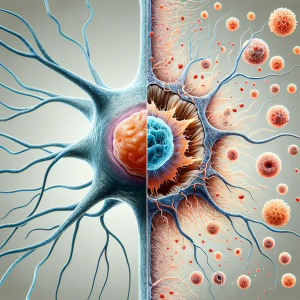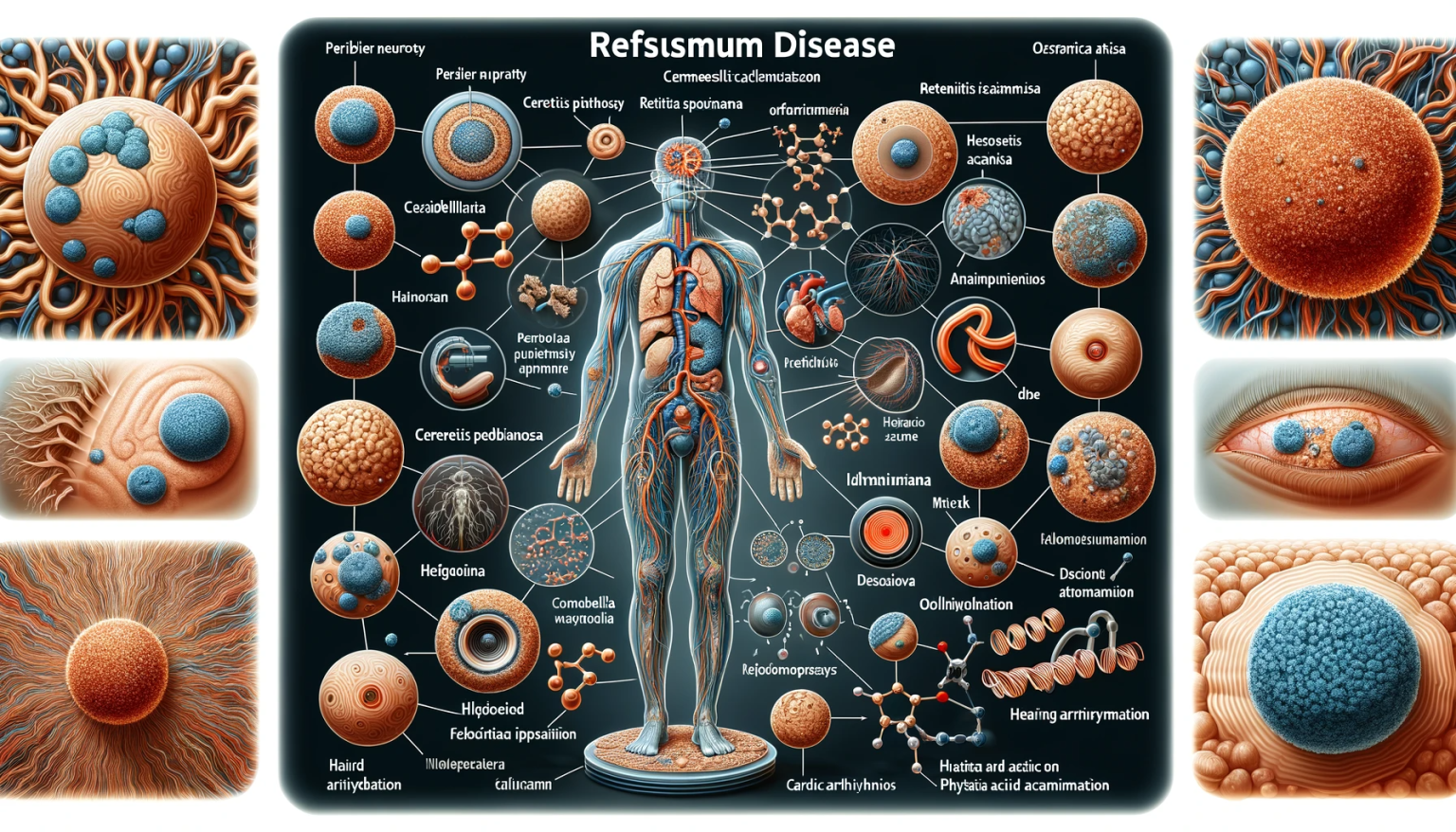Abstract: Demyelinating disorders represent a heterogeneous group of neurological conditions characterized by the damage to the myelin sheath of neurons. This comprehensive review aims to elucidate the pathophysiological mechanisms, clinical presentations, diagnostic criteria, and emerging therapeutic strategies in the management of these disorders.

1. Introduction: Demyelinating disorders encompass a broad spectrum of diseases, including multiple sclerosis (MS), neuromyelitis optica (NMO), and acute disseminated encephalomyelitis (ADEM). These conditions share a common pathological feature – demyelination, which leads to significant neurological dysfunction.
2. Pathophysiology: The hallmark of these disorders is the loss of myelin, the insulating layer surrounding nerve fibers. This demyelination disrupts the efficient transmission of nerve impulses, leading to a spectrum of neurological deficits. The etiology varies, encompassing autoimmune mechanisms, genetic predispositions, and environmental factors.
2.1 Immune-mediated Mechanisms: Many demyelinating disorders, particularly MS and NMO, are considered to be immune-mediated. In MS, an aberrant immune response leads to inflammation and demyelination in the central nervous system (CNS). NMO is characterized by autoantibodies targeting aquaporin-4, a water channel protein predominantly found in astrocytes.
3. Clinical Presentation: Symptoms of demyelinating disorders are diverse, reflecting the widespread involvement of the CNS. Common manifestations include visual disturbances, muscle weakness, sensory deficits, and cognitive impairment. MS is typically relapsing-remitting, while NMO often presents with severe, recurrent optic neuritis and transverse myelitis.
3.1 Diagnostic Modalities: Diagnosis hinges on clinical assessment, supported by magnetic resonance imaging (MRI), which can detect demyelinating lesions. In certain conditions, like NMO, specific serum autoantibodies are diagnostic.
4. Therapeutic Strategies: Treatment strategies are multifaceted, aiming to modulate the immune response, manage symptoms, and prevent relapses. Disease-modifying therapies (DMTs) have revolutionized MS management, reducing relapse rates and slowing disease progression. In NMO, immunosuppressive therapies are the mainstay of treatment.
5. Conclusion: Demyelinating disorders pose significant challenges in terms of diagnosis and management.
6. Future Perspectives: Ongoing research is crucial to uncover the underlying mechanisms of these disorders and to develop targeted treatments. The evolving landscape of DMTs and personalized medicine approaches heralds a new era in the management of demyelinating disorders.







